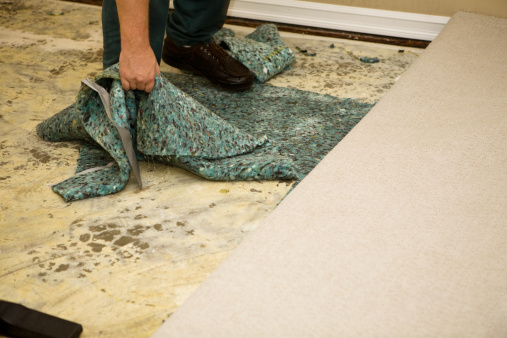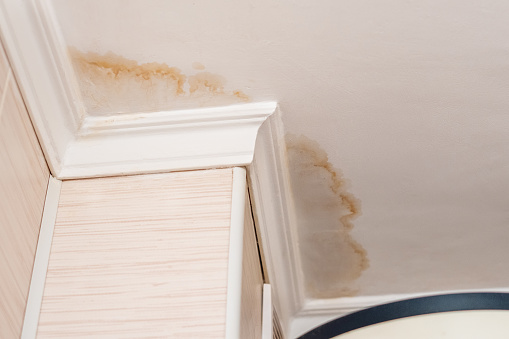Hurricanes, tropical storms, superstorms, flash flooding, and heavy downpours are just a few of the hazards that residents of the Eastern Seaboard face daily. With all the rain, Baltimoreans are well-versed in flooding. In Baltimore, flooding is the most common form of water damage.
The danger of flooding ends at the floodplain’s boundaries. Snowmelt or rainfall that overflows river basins, causing widespread flooding. Hurricanes and low-pressure storms can cause coastal flooding. The natural ground is paved over and urbanized, increasing the risk of flooding in urban areas.

Baltimore residents are particularly vulnerable to urban flooding.As a result of this type of flooding, roadways can quickly turn into rivers, and basements can become lethal in a matter of hours or even minutes.Extreme weather occurrences are becoming more common.
After a flood, you are still responsible for the cleanup of your home and possessions. Flooding is just one of many different types can occur. Baltimore is most commonly caused by plumbing and roof leaks.
Water damage can also be caused by:
Leaving damage is unaddressed or treating it incorrectly can cause mold and mildew, bad smells, and rot. Damage assessment, water removal, drying surfaces, dehumidification of the air, and sanitization of possessions are all part of restoration.
There are four types of losses and three types of water when it comes to damage. Variations in evaporation rate and an impacted area size and water absorption lead to different types of water loss.
Low-porosity materials can be found in a tiny area of Class 1.Class two damage encompasses both the physical structure of the room and the contents of the room’s supplies.
Class three equates to extensive damage to a considerable portion of an area.
When all surfaces and materials have been completely saturated, they must be dried with specialist equipment. Category one water, on the other hand, refers to hygienic liquids.

In the second category, grey water or liquids that have been used in household appliances but represent no risk of fecal contamination are listed.Generally speaking, the higher you go in class or category, the more expensive it is.
Even though you can’t control where the water comes from, you can prevent its spread and absorption with rapid, skilled restoration. There are several highly recognized water damage restoration companies in Baltimore. In addition to the fact that it would be challenging to locate one that does not provide 24-hour emergency assistance.
The high average is most likely due to an unusually high number of service calls for water damage in basements. Fortunately for Baltimoreans, most types are covered by homeowners and flood insurance. Sewage backups and leaking roofs may necessitate the purchase of additional insurance.
Burst pipes and appliance overflows are covered by homeowners insurance. Including vandalism and any other risk that is covered in your insurance policy. The law mandates that all homeowners within a 100-year floodplain have flood insurance.
Water damage caused by a covered danger may also lead to mold growth, which can be removed and the damage repaired as well.


Recent Comments